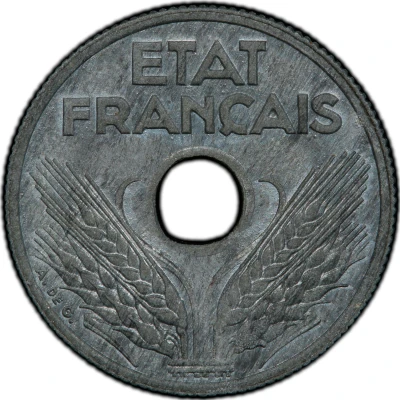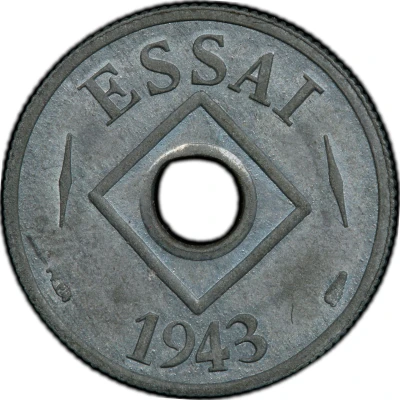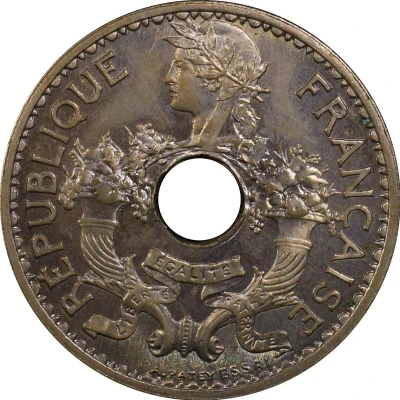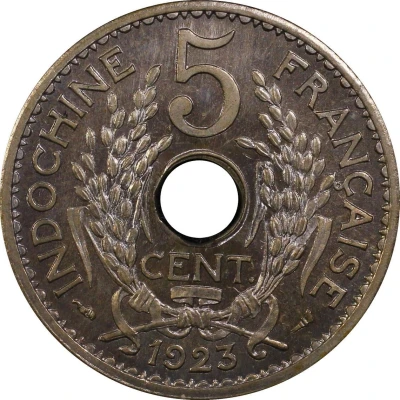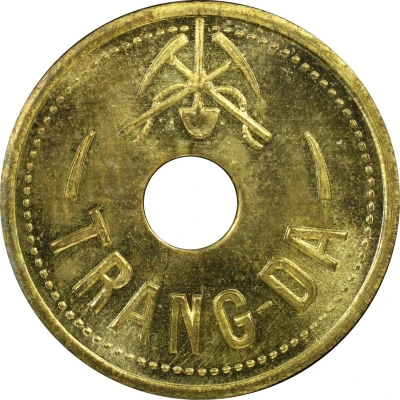
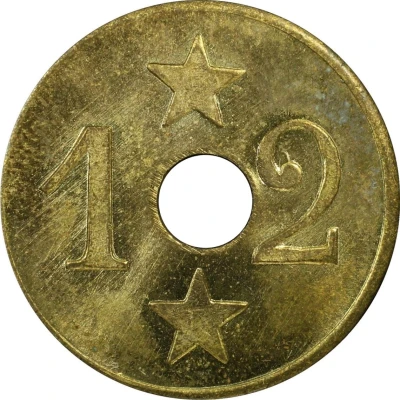

© PCGS
12 Sapeques ND
1919 year| Brass | - | 21 mm |
| Issuer | French Indochina |
|---|---|
| Period | Third Republic (1870-1940) |
| Type | Token |
| Year | 1919 |
| Value | 12 Sapeques (0.024 ICFP) |
| Currency | Piastre (1880-1952) |
| Composition | Brass |
| Diameter | 21 mm |
| Shape | Round with a square hole |
| Technique | Milled |
| Orientation | Medal alignment ↑↑ |
| Demonetized | Yes |
| Updated | 2024-10-04 |
| Numista | N#430195 |
|---|---|
| Rarity index | 100% |
Reverse
Script: Chinese
Lettering: 12
Engraver: Jean-Auguste Barre
Edge
Plain
Interesting fact
The 12 Sapeques coin was used as a substitute for the French Indochinese piastre, which was the official currency of French Indochina at the time. The coin was minted in 1919 and was used primarily in the northern regions of Indochina, specifically in the provinces of Tonkin, Annam, and Laos. The coin was made of brass and had a unique design, featuring a blend of French and Indochinese elements. The obverse side of the coin depicted the French Republic's symbol, a woman's head, while the reverse side featured a traditional Indochinese dragon. The coin's value was equivalent to 12 sapèque, which was a local unit of currency used in Indochina. Despite its historical significance, the Token 12 Sapeques ND (1919) is relatively rare and highly sought after by collectors today.
